The Mediterranean resort town of Ayia Napa lies on the southeast coast of Cyprus and is renowned for its beaches, bars and clubs.
It attracts tourists of all ages year-round and while it is extremely popular for the ages of 18-30 who love to party, there’s actually a whole lot more that this storied town has to offer.
Here are 6 things we bet you didn’t know about Ayia Napa…
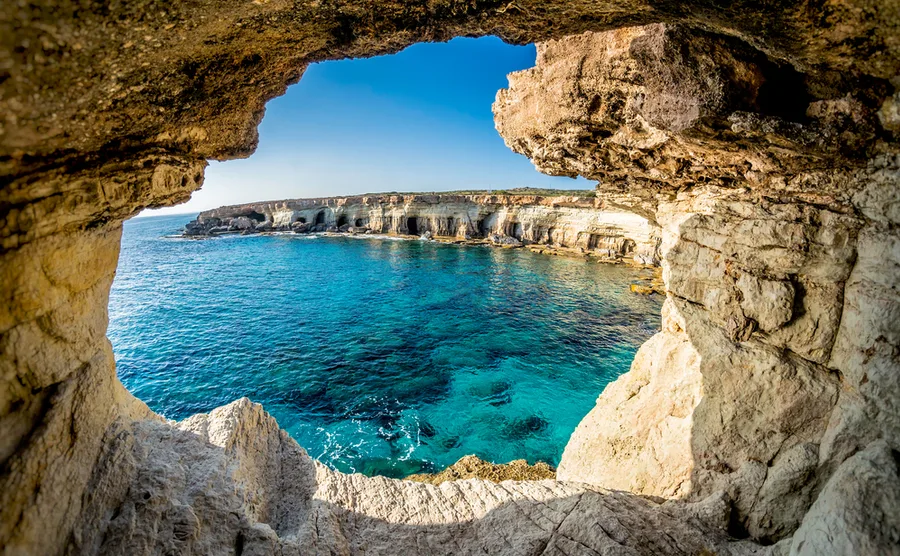
Ayia Napa sea caves overlooking the sea
1. It is home to 14 of the best Cyprus beaches
Ayia Napa is home to some of the most attractive beaches on the southeast coast of Cyprus. In fact, 14 of them have been awarded the famous Blue Flag.
What’s the Blue Flag designation, I hear you ask? It’s a certification issued by the non-governmental Foundation for Environmental Education in Cyprus. For a beach to be awarded a Blue Flag, it must meet certain standards which involve water quality, safety, environmental education, and beach cleanliness.
Find homes in Cyprus via our property portal.
Ayia Napa’s 14 Blue Flag beaches are:
- Konnos beach
- Limnara beach
- Landa beach
- The Nissi beach
- The Vathia Gionia
- Nissibay
- Macronesos
- Pantachou beach
- The Katsarka beach
- Pernera beach
- The Loukkos toy Manti beach
- The Glyki Nero
- The Ammos tou Kampouri
- The Αγία Θέκλα shore
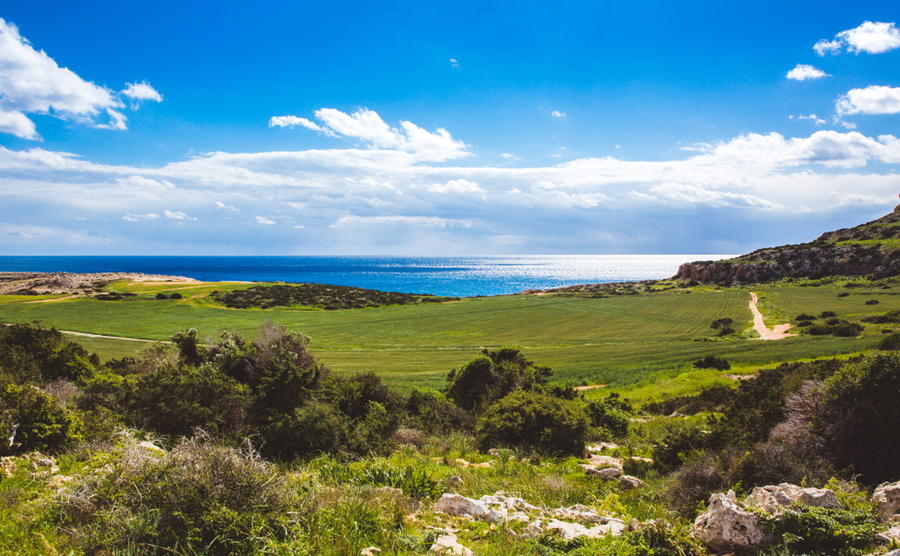
In ancient times, all of this was thick woodland
2. Years ago, Ayia Napa was nothing more than woodland
In fact, the area was uninhabited. Can you imagine? Not a nightclub in sight. It was only ever visited by hunters from neighbouring villages.
Back in ancient times, the area of Ayia Napa and Protaras were covered in thick forest. Which explains why ‘Ayia’ comes from the Greek for ‘holy’ and ‘Napa’ which translates as ‘wooded valley’.
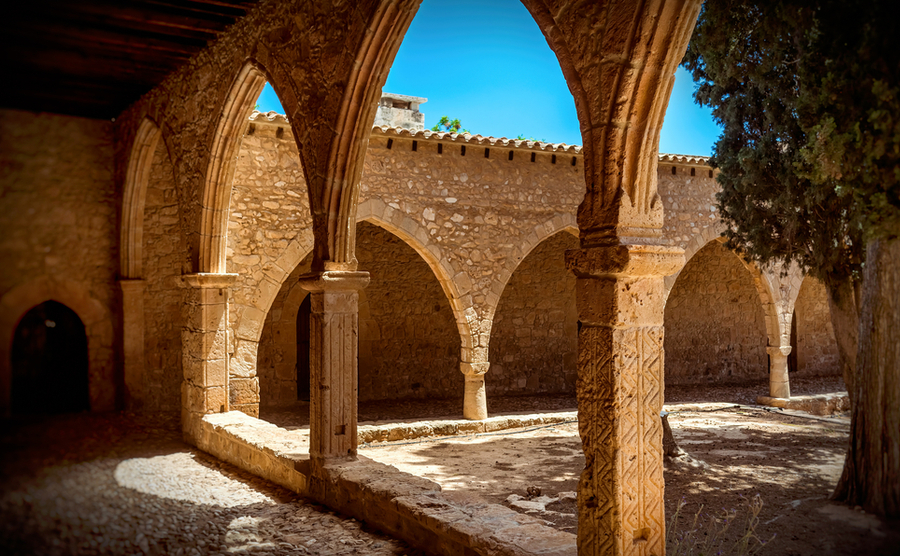
Archways in the monastery
3. The resort is named after the Greek patron saint, St. Napa
Ayia Napa is home to a Venetian monastery that was built in 1100 around a cave in honour of the Virgin Mary. It’s believed that no one lived there until 1790 when the first inhabitants arrived from Greece. In fact, it’s still there today and remains a working monastery.
Within the Ayia Napa Monastery, there is a famous fig tree that is believed to be older than the building itself.
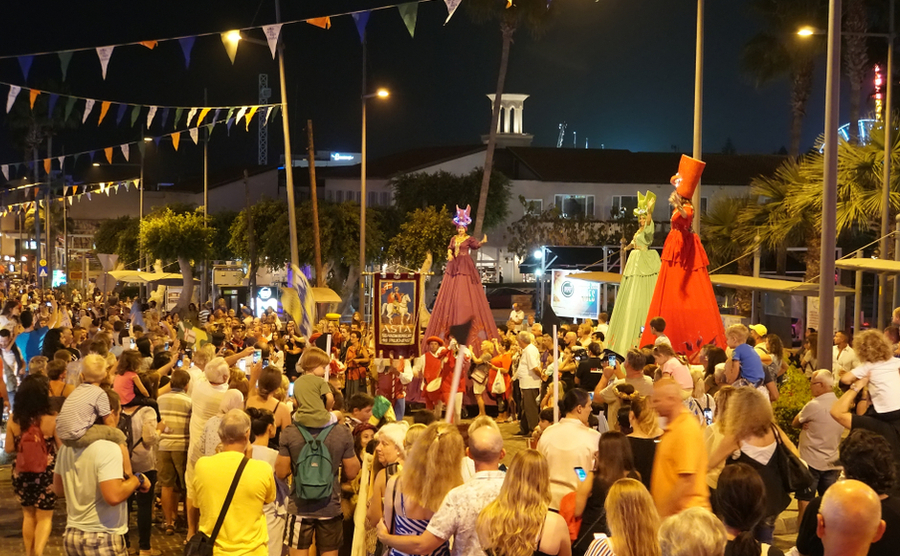
Annual Medieval Culture Festival 2018 I Editorial credit: Vladimir Sazonov, kirill_makarov, Vladimir Zhoga, kirill_makarov, Jane Biriukova, diy13
4. It’s a cultural hub all year round
The Ayia Napa municipality arranges many cultural events throughout the year. Attractions include the ever-popular Medieval festival and annual children’s festival.
The festivities continue into the winter months too, when musical and theatrical performances take to outside spaces to entertain locals and tourists.
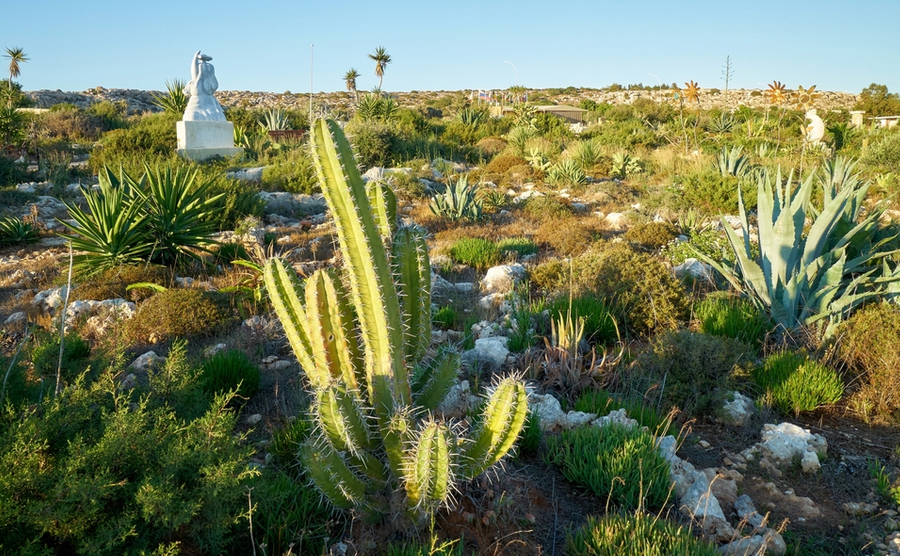
Ayia Napa Cactus Park
5. It’s home to one of the largest cactus parks in Europe
The Ayia Napa Cactus Park is a free attraction which contains a wide selection of cacti and succulents which are constantly being developed and planted.
It opened in 2015 and is home to over 6000 plants. The regions municipality planted a large variety of cacti in the barren area with the intention of creating the largest cacti park in the Mediterranean. It sits on the edge by the Sculpture Park.
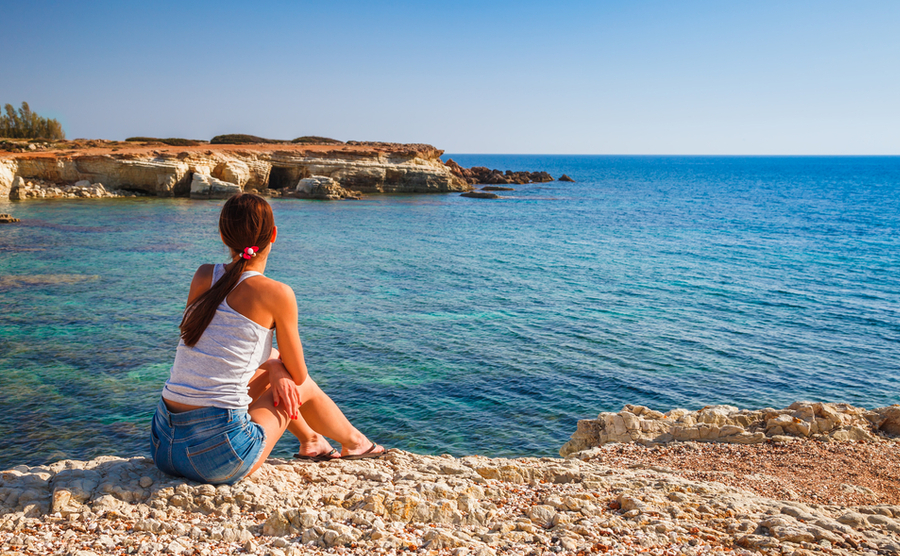
Woman watches the sea in Ayia Napa
6. It’s a cosy place to live
Living in Ayia Napa is truly special. The area is truly beautiful, and its properties are the same. Plus, there’s a wide selection of beachfront properties away from the hustle and bustle of the popular party areas.
It’s worth noting that the mayor of Ayia Napa wants quality tourists, rather than tourist quantities. That’s why the local municipality is promoting a safer cosmopolitan feel to the town and any problem party areas are closed to protect the quality of life for locals and tourists.










